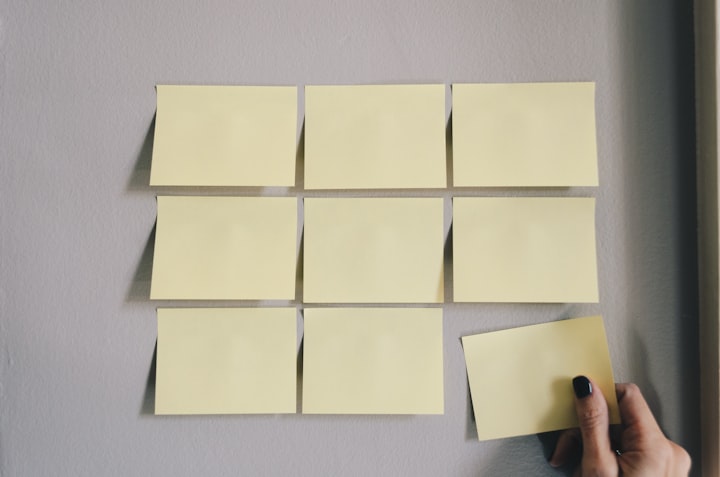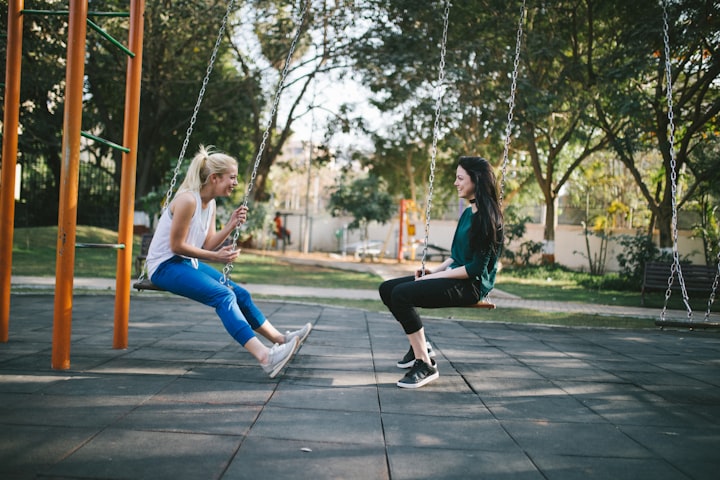Copyright and Crochet
Navigating inspiration and law in fiber arts

When I was laid off in 2015 after working many insane (and probably illegally long) hours, I had a lot of time to do some serious thinking and self-searching. This led me to realizing that I had been working in a digital space under NDAs for so long that I felt like I had nothing to show for my first professional stint and the 5 years I had given to a fast-paced, unforgiving and high-stakes industry. Instead of 50-60 hours of my week being dedicated to completing someone else’s dream project, I now had all that time to myself. To think. And it drove me nuts. I turned to something where I could show off what I was doing and that I did have a physical item as an end product. I went back to crochet.
This time, I wanted to make sure I did things right and thoroughly. My previous foray into fiber arts had felt very haphazard. I started by studying the yarn. I looked into local yarn stores. I researched places I could learn to spin wool into yarn. I looked into what it would take to source yarn from farms and mills where I could send raw wool if/when I obtained some. I also dove into checking out crochet patterns; what can I make? What am I interested in?
While looking at a bunch of patterns, I noticed disclaimers on some of them.
- “You may use this pattern to make this item and give it away as gifts or use for charity, but cannot sell them.”
- “You can make and sell items with mt pattern, but you must give proper credit”
- “This pattern is for personal use ONLY and you CANNOT sell or give away items made from this pattern.”
Did these people know what they were talking about? Were these requests even legal? What are the rights and limitations of pattern-makers and pattern-users?
I turned to Coursera for classes on copyright. I wanted information that was unbiased and also reliable. Enrolling in two classes, not just for my creative curiosity, but to add a little something to my resume (as I was unemployed), I took Duke University’s “Copyright for Multimedia” and “Copyright for Educators & Librarians,” back to back. The experience included wonderful classes, an excellent trove of resources and an appreciation for the nuances of law that judges and lawyers are constantly navigating.
The first important piece I learned is that there is no one-size-fits-all answer for determining copyright infringement. There is a large--immeasurable large--gray area regarding what is inspiration and what is theft of an idea. Determining infringement and damages is one of the areas where the devil is in the details. Secondly, copyright only applies to what has been actually produced. A digital photo taken by a student; a poem on a napkin; a documented, unique and complicated ballet routine as well as a book by a well-known author are all eligible for copyright protections. However, someone mentioning to a friend that they’d like to set up for a specifically themed photoshoot or that they’d like to write an ode to their artichoke; those intangible ideas are not protected. Lastly, items considered “useful objects” cannot be copyrighted. From the official U.S. Copyright website, examples are “clothing, furniture, machinery, dinnerware, and lighting fixtures.” It also goes on to explain that some decorative items on such articles can be copyrighted, as long as they can be identified separately. There is also the mentioning of patents (not copyright) may be filed for some designs.
The dishcloths and sweaters, the blankets and mittens that I had been seeing on Ravelry; some with these disclaimers and some without; according to the information above, seem to be ineligible for copyright, but the design elements can be protected. If they can be identified separately. In all honesty, I’m not sure how that applies to knit and crochet. You can take a design and repeat it once to make a dishcloth. You can take that same design and repeat it 20 times to make a blanket. Is the design separate from the object? I feel it could be strongly argued both ways. This is why I find copyright and creative protections such a fascinating subject and how there can be career professionals out there who specifically deal with copyright law.
About the Creator
Rachel Pieper Decker
Displaced Minnesotan in Southern California.
Gamer, streamer, fiber arts enthusiast, Web3 dabbler, aspiring Notary Public
Connect with me: twitter.com/HyperZenGirl * twitch.tv/HyperZenGirl
Affiliate links: https://linktr.ee/HyperZen






Comments (1)
I also crochet and those pattern warnings are so weird but I just assumed they knew what they were talking about, haha. Thanks for the insights on this!!